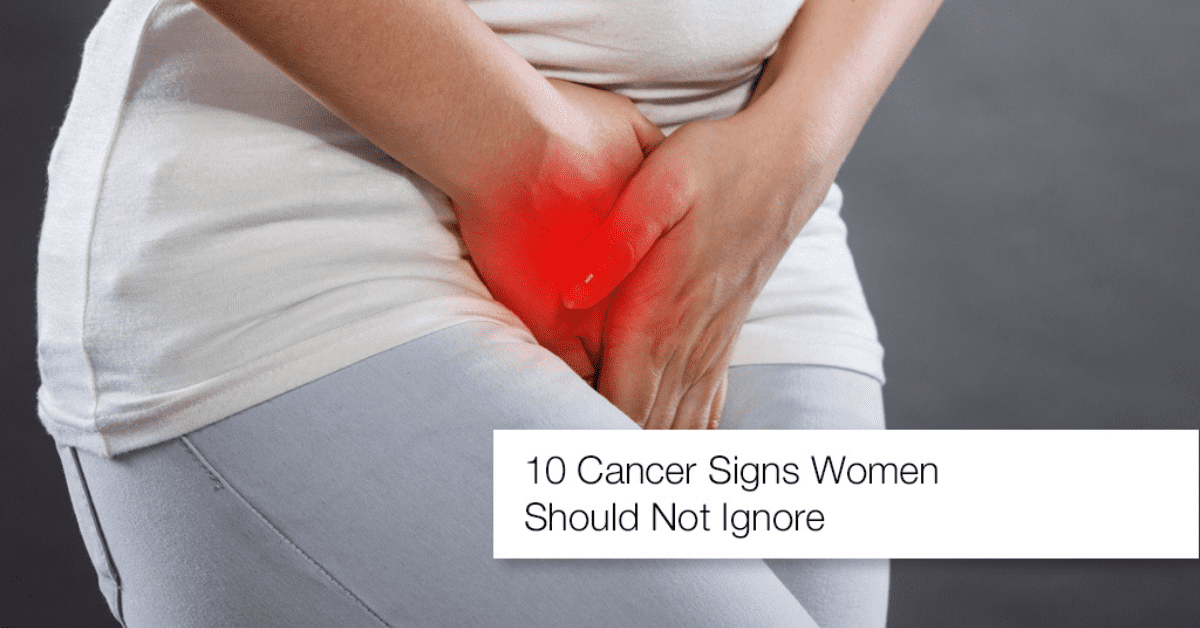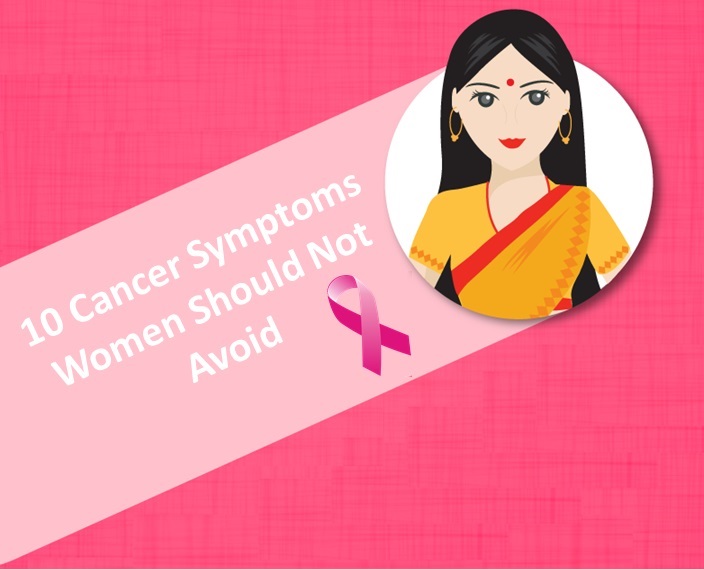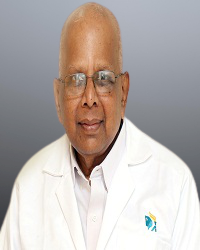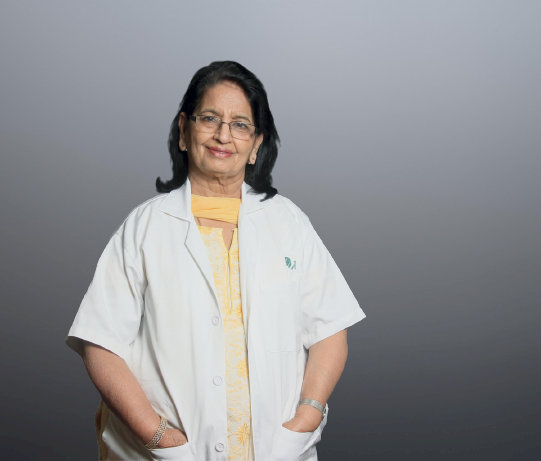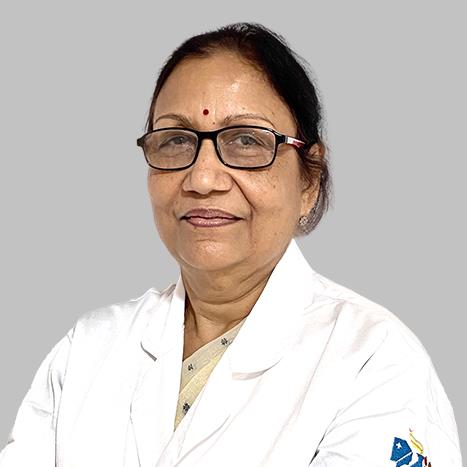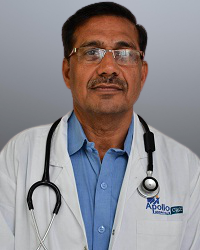Could not find what you are looking for?
- Diseases and Conditions
- Breast Cancer - Symptoms, Causes and Treatment
Breast Cancer
Frequently asked questions: Breast Cancer

What is breast cancer in simple terms?
The human body is made up of small building blocks called cells. Cancer is a disease in which some cells in the body start growing out of control. When this happens in the breast, it is called as breast cancer. These cancer cells increase in number and often form a lump or mass in the breast which can be felt through the skin. If it is not treated at this stage, this cancer may spread to other parts of the body too.
At what age can you get breast cancer?
The two biggest risk factors for developing breast cancer are being a woman and advancing age. Most cases of breast cancer are diagnosed in older women. In the Western countries, the median age at diagnosis is close to 60 years and less than 5% of patients are under the age of 40. In India, the median age at diagnosis is a decade earlier with a larger proportion of women under the age of 40 years. Rarely, breast cancer has been reported in women in their early 20s too.
How does breast cancer start?
Breast cancer most often begins in the cells of the milk producing ducts(invasive ductal carcinoma). Sometimes, it may begin in the glandular tissue (invasion lobular carcinoma).There are many genetic and lifestyle related risk factors which can increase a woman’s chances of developing breast cancer such as diet,exercise, smoking, alcohol consumption etc. However the exact cause of breast cancer still remains unknown.
How long can you have breast cancer without knowing?
Like most cancers, breast cancer grows by cell division. It starts as a single cancer cell, which continues to divide in an uncontrolled manner. Roughly, this cell has to divide about 30 times before it can be detected by palpation or by hand. Breast tumours in different women grow at different rates, but each cell division takes approximately one to 2 months. So, by the time one can feel a breast cancer lump, it may have been in your body for anywhere between 2 to 5 years.
Where is the first place breast cancer spreads?
To begin with, breast cancer is localized to only the breast tissue. As it increases in size, it can invade the lymphatic system of the breast and reach the lymph nodes in the armpit area. Sometimes it may also reach up to the lymph nodes near the collarbone area. If it continues to spread to other body parts, it is called metastatic breast cancer. In such cases, most often it reaches the lungs, bones, liver or brain.
Stages of breast cancer and prognosis
The stage of breast cancer is determined by
the size of the breast lump, the spread to nearby lymph nodes and the spread to
distant organs. This is called the TNM staging (T for tumour, N for nodes and M
for metastasis). The stage is usually expressed as a number on a scale of 0-IV.
Stage 0 – This is a non-invasive or pre-cancerous
carcinoma. In this stage, there is no evidence of any cancer cells breaking out
of the ducts from where they started.
Stage I – This is an early invasive cancer.
The cells are now infiltrating/invading the surrounding normal breast tissue.
Stage II – This is an early invasive cancer
that has grown larger than 2cm in size and/or spread outside the breast to involve
the lymph nodes in the armpit area.
Stage III – This is a locally advanced breast
cancer. The cancer now involves multiple lymph nodes in the armpit or nodes
near the collar boneor may have spread to the skin or chest wall. Occasionally the
cancer may have features of inflammation such as warmth or redness.
Stage IV – This describes a cancer that has
spread to other organs in the body like lungs, liver, bones and brain.
Each of the above stages have various sub classifications that allow the treating surgeons and physicians to stage their patients more accurately . Recently, the staging system has been updated to include hormone receptors, HER 2 status, cancer grade and genomic scores like Oncotype Dx.
Prognosis is an estimate of the likely outcome of a disease. For cancer, prognosis is expressed as a 5 or 10 year survival rate. This gives an idea of how many people are likely to be alive at 5or 10 years after their diagnosis. In breast cancers localised to the breast, the 5 year relative survival rates can be as high as 95% or above. In women with locoregional disease, the 5 year survival rate drops to approximately 85%. In women with metastasis to distant organs, the 5 year survival rate is around 30%.
Ways to prevent breast cancer
The best way to prevent breast cancer starts
with healthy habits and a good lifestyle. Some risk factors such as age and
family history cannot be changed, but research shows that a healthy lifestyle
can reduce the risk for breast cancer in a lot of women. Some of the steps one
can take include-
Encourage breast feeding – There is strong
evidence to suggest that breast feeding reduces the risk for breast cancer. If
feasible, women should be encouraged to exclusively breast feed their infant
for the first 6 months.
Reduce alcohol – Breast cancer is linked to
the consumption of alcohol, and a reduction in the quantity of alcohol reduces
the risk for breast cancer.
Avoid smoking – There is a link between
smoking and an increased risk for breast cancer, particularly in young women.
Avoiding smoking can reduce the risk for breast cancer.
Control body weight – Regular physical activity can promote a healthy lifestyle and can help in reducing the risk for breast cancer.
Hormone replacement therapy – There is evidence to suggest that long term use of hormone replacement therapy increases the risk for breast cancer. If possible, one can try to manage the symptoms of menopause with nonhormonal therapies. It is advisable to discuss this with your gynaecologist.
Breast Conservation Surgery(BCS)
Breast conservation surgery or BCS is a
procedure that involves removing the cancer in its entirety, along with a safe
margin of tissue, while still leaving as much of the normal breast as intact as
possible.
Women with early stage breast cancers are
often good candidates for BCS. Depending upon the status of the spread of the cancer
to the armpit lymph nodes, these will have to be addressed through a separate
incision or cut on the skin. A woman who is eligible for and opts for BCS will
almost always require radiation therapy to the breast, except in very few
exceptional circumstances. A BCS can allow a woman to preserve the natural
contour and shape of the breast, thereby effecting a very appealing cosmetic
outcome.
The safety of BCS versus that of mastectomy
has been studied in great detail. Many large clinical trials have been conducted
at multiple institutions across the world, with robust follow-up data. These
trials clearly demonstrate that BCS is just as safe as mastectomy in
appropriately selected women. The oncological safety of BCS along with its desirable
cosmetic outcome has made it the preferred line of treatment in early invasive
breast cancer.
If the treating surgeon is of the opinion that the option of BCS would provide a less-than satisfactory outcome in a certain woman, he/she may choose to offer the woman the option of an oncoplasty, which uses the same principles as reconstructive surgery to manipulate the adjacent breast tissue in a manner that will improve the cosmetic outcome. Such procedures are increasingly being offered to patients with very satisfactory cosmesis.
In a few select cases where the tumour size is comparatively large as compared to the size of the breast, chemotherapy may be given as the first line of treatment. This often results in a significant shrinkage in the size of the tumour in above 70% of women. After careful discussion, it may be possible to offer breast conservation as the treatment plan. Indeed one of the many advantages of chemotherapy is that it can obviate the need for mutilating surgeries in the breast.
Mastectomy
A mastectomy is a surgery that involves
removal of the entire breast tissue, the nipple and areola and some part of the
skin over the breast. The most common type of mastectomy involves an elliptical
cut or incision placed horizontally on the breast including the nipple. Once
all the breast tissue is removed, the armpit lymph nodesare addressed through
the same incision. After the surgery is complete, the surgeon will then close
the incision using either sutures or clips. Most often the end result is a
horizontal scar on the chest wall which falls well within the confines of the
bra line.
There are a few special types of mastectomies
where the procedure is slightly different from the one mentioned above.
Skin sparing mastectomy – This procedure
involves leaving the skin envelope of the breast intact while still removing
all the breast tissue and the nipple. Such a procedure is accompanied by an
immediate reconstruction. Appropriately selected women are increasingly being
offered this procedure, with excellent results.
Nipple sparing mastectomy – This is a relatively new procedure which builds on the principles of a skin sparing mastectomy. In this procedure, the entire skin envelope of the breast and the nipple areolar complex are kept intact while still removing the breast tissue. This procedure is also followed by an immediate reconstruction. The preservation of the nipple allows for an excellent cosmetic outcome and can very closely mimic a normal breast. However, candidates for such a procedure have to be selected with care and offered appropriate counselling.
Prophylactic mastectomy – This procedure can be offered to women as a preventive measure if their genetic tests indicate a high risk for breast cancer. Here, both the breasts are removed surgically, followed by immediate reconstruction on both sides.
Breast reconstruction
Breast reconstruction is the surgical
procedure of creating and rebuilding the look and shape of the breast. It can
be used as a cosmetic procedure in itself, to enhance a woman’s existing
breast. In the setting of breast cancer, it is used after mastectomy to rebuild
the breast and match its counterpart. Breast reconstruction does not impact the
risk of cancer recurrence in any way.
Breast reconstruction after mastectomy is a an
optional procedure. It is not a part of the cancer treatment protocol. Some women
choose to avoid this surgery, instead opting for a prosthesis within their bra
to achieve a look of normalcy. However, there are certain distinct advantages
to breast reconstruction –
- An
improved body image and renewed self-confidence - Allows
the chest to look more balanced in a bra/swimsuit - Can
help clothes fit better - Obviates
the need to use an external prosthesis daily - Can
save some women from the trauma of seeing a surgical scar on the chest every
time they look in a mirror
Breast reconstruction can be done using the patient’s own body fat or tissue (autologous reconstruction) or it can be done using a synthetic prosthesis (silicone implants). Both procedures have their pros and cons, and selection of one them requires a detailed discussion and counselling with a plastic surgeon.
Breast reconstruction can be done at different timelines during the treatment of breast cancer. Some women opt for reconstruction at the same time as the primary surgery for breast cancer. This is called primary reconstruction. This allows the procedure to be done in a single setting. Another option is to do the reconstruction after the completion of the entire treatment protocol. This is called secondary reconstruction.
Chemotherapy
Chemotherapy is a method of administering drugs
that will kill the cancer cells in the body. It is a form of systemic therapy –
one that targets cancer cells in any and every part of the body. Most
chemotherapy drugs have to be given by an intravenous route. A few of them can
be administered orally. Chemotherapy drugs have a very high potency and have
many associated side effects. They should be administered by a medical
oncologist in a hospital setting.
Not all women undergoing breast cancer
treatment will require chemotherapy. Some women with very early stage breast
cancer or with a very slow growing tumour may not need it at all. In others,
chemotherapy is integrated into the treatment protocol to ensure maximum
response and allow the possibility of breast conservation.
Neoadjuvant chemotherapy is given prior to
surgery in an attempt to down-stage and shrink the tumour size and facilitate a
less morbid surgery to the breast. It also has the advantage of allowing the
treating physician to study the response of the cancer to the drugs
administered. This allows them to add or change the drugs accordingly. Adjuvant
chemotherapy is given after surgery in an attempt to kill any cancer cells that
might have spread but cannot be seen, even on imaging. In women with metastatic
breast cancer, chemotherapy forms the back bone of the treatment protocols.
Most chemotherapy regimens for breast cancer last for 4-12 cycles and can be administered on a weekly, 2 weekly or 3 weekly basis. It is given in a day care centre in the hospital, and most patients are sent home the same evening.
Within chemotherapeutic drugs, there is a separate class of drugs called targeted therapy. The mechanism of action of these drugs is different from other chemotherapy drugs, as are the side effects. In breast cancer, targeted treatment is used for HER-2 positive breast cancers. Trastuzumab, pertuzumab and lapatinib are the oft-used drugs in this class.
Radiation
Radiation therapy is a form of local treatment
to the breast. Radiation uses high energy X-rays to kill cancer cells. The X-rays
are painless and invisible and are administered through a special machine in a
separate designated area in the hospital.
Radiation therapy is a necessary adjunct to breast
conservation surgery except in some rare cases. Adding radiation after breast conservation
allows any invisible cancer cells in the surrounding normal breast tissue to be
killed, thereby reducing the risk of cancer recurrence. In women undergoing
mastectomy, if the risk of recurrence is deemed to be high enough, then
radiation is given to the chest wall and the armpit&collarbone lymph nodes.
This reduces the risk of locoregional recurrence. In women with
advanced/metastatic cancer, radiation therapy is very useful to shrink a
localised area of cancer and reduce the pain at that site.
Radiation treatment can be delivered in one of
two ways-
External radiation –A machine from outside is used to deliver the radiation to the breast or chest wall, and sometimes the armpit and collarbone nodes too. This is the most common form of radiation therapy. The treatment typically lasts from3 to 5 weeks depending on the schedule.
Internal radiation (brachytherapy) – After surgery to remove the primary tumour, a radiation delivery device is placed in the tumour cavity. A radiation source is then placed in the device for short periods of time, sometimes just as a single dose at the time of surgery.
Life after breast cancer
Even for women whose cancer has been diagnosed at an early stage, the treatment protocols can often be long and arduous, extending for up to one year. It imposes a heavy toll on a woman’s mental, physical and emotional well-being. This price often extends to her near and dear ones too. Luckily, except for a few very advanced cases, most women enjoy a reasonably long life after the treatment comes to an end.
Very often the first question a woman asks at the end of her treatment is “Can I go back to my normal life now?” and the answer to that resounding yes!! It’s important to take it one day at a time though. Some side effects of chemotherapy such as fatigue and inability to concentrate can persist even after completion of treatment, but these symptoms do tend to improve with time.
Another frequent area of concern is the body image after cancer surgery. Women who opted for breast conservation surgery are often spared of this dilemma. In the case of women who were advised or who opted for mastectomy, there are many secondary reconstructive procedures available today which can ameliorate the situation. After a discussion with the treating surgeon, a woman can be referred to a cosmetic surgeon to plan for the procedure. In the interim, one can choose to use a prosthetic within the bra to mimic normal breast shape. Some women elect to choose this as their permanent solution.
There is no reason to postpone an exercise regimen once the treatment is complete. In fact, exercise has been shown to promote a positive body image and improve the quality of life. It has the additional advantage of decreasing the risk of breast cancer recurrence. A lot of women prefer to take up yoga and meditation. Some choose more active options such as dancing or going to the gym.
At the end of the day the whole point of breast cancer treatment is to allow a woman to return to her life and pursue her dreams. Modern treatments and cosmetic surgeries have made this possible for many women.


